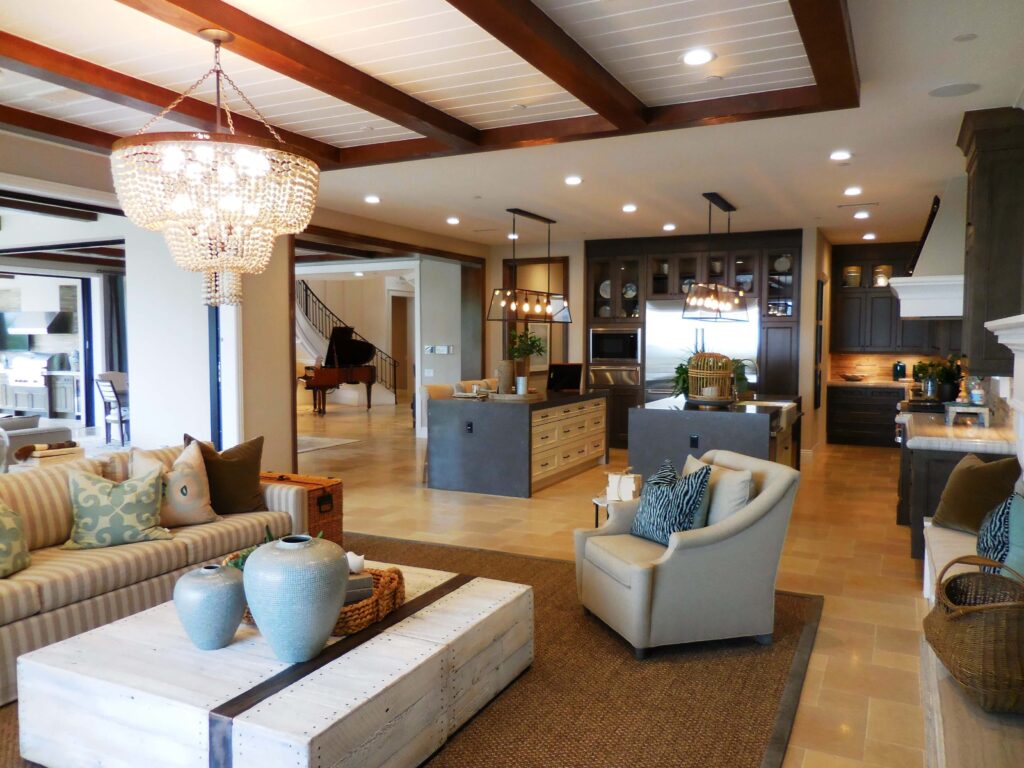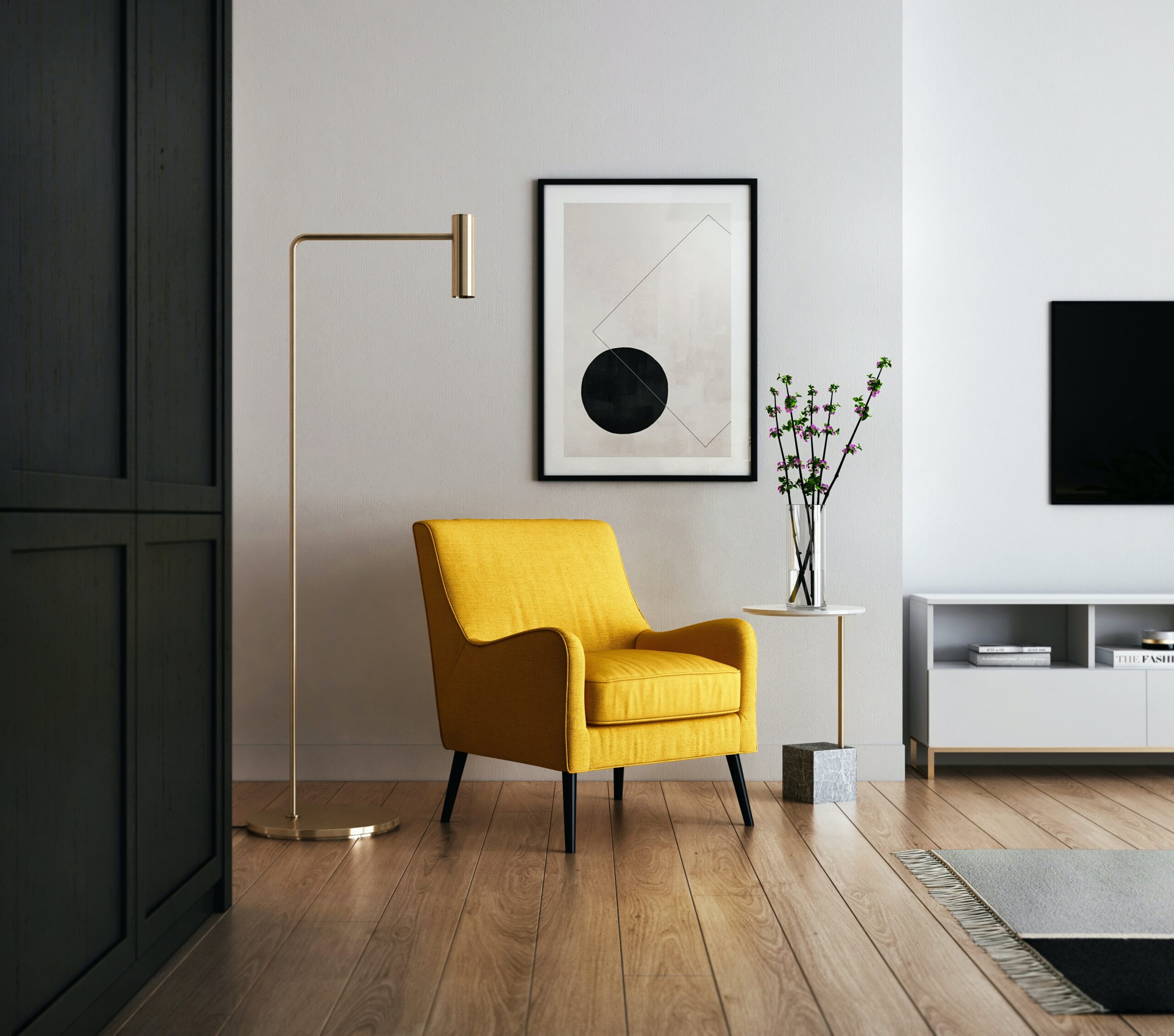There isn’t a strict “rule” for choosing interior colors, as color preferences are highly subjective and can vary based on personal taste, cultural influences, and design trends. However, there are some general principles and guidelines that designers often consider when selecting interior colors. Here are a few principles to keep in mind:
- Color Wheel Harmony:
- Colors that are adjacent to each other on the color wheel (analogous colors) usually work well together and create a harmonious look. Examples include blue and green or red and orange.
- Complementary Colors:
- Colors that are opposite each other on the color wheel (complementary colors) can create a dynamic and visually appealing contrast. However, using them in large doses can be overwhelming, so it’s often recommended to balance them with neutral tones.
- Monochromatic Scheme:
- A monochromatic color scheme involves using different shades and tones of a single color. This creates a cohesive and harmonious look while allowing for variation.
- Neutral Base:
- Neutral colors like white, beige, gray, and taupe serve as a versatile base for interior color schemes. They can be paired with almost any other color and can help create a balanced and timeless look.
- Accent Colors:
- Introduce bold or accent colors in smaller quantities to add interest and focal points. This could be through furniture, accessories, or an accent wall.
- Consider Room Function:
- Consider the function of the room and the mood you want to create. For example, calming colors like blues and greens might be suitable for a bedroom, while vibrant colors may work well in an energetic living space.
- Natural Light:
- The amount of natural light in a room can influence how colors appear. Rooms with ample natural light can often accommodate bolder and darker colors, while rooms with less light may benefit from lighter hues.
- Flow Between Spaces:
- Maintain a sense of cohesion by considering the color flow between rooms. This doesn’t mean every room needs to be the same color, but there should be a visual connection between spaces.
- Personal Preferences:
- Ultimately, your personal preferences and the atmosphere you want to create in your home should guide your color choices. If you love a particular color, find ways to incorporate it into your design.
- Test Samples:
- Before committing to a large amount of paint or a particular color scheme, test small samples in the actual space to see how they look in different lighting conditions.
Remember that these are guidelines, not strict rules. Interior design is a creative process, and it’s essential to choose colors that resonate with you and create an environment that suits your personal style and preferences.

